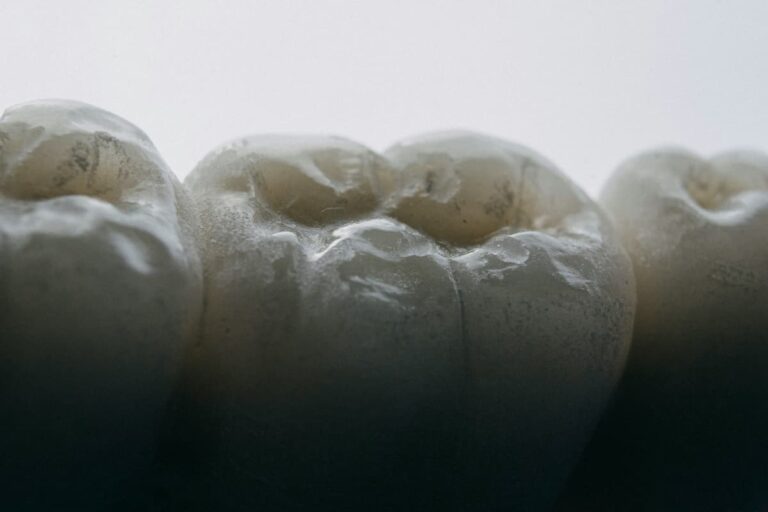Dental Fillings
Inquire About Dental Fillings
Fillings are one of the most common dental procedures for both children and adults.
If you are in pain and ready to get a cavity filled, please contact our office to schedule an appointment.
Keep reading to learn more about dental fillings and the change in filling technology.
Types of Dental Fillings
Amalgem Fillings
Used by dentists for more than a century, dental amalgam is the most thoroughly researched and tested restorative material among all those in use. It is durable, easy to use, highly resistant to wear and relatively inexpensive in comparison to other materials.
For those reasons, it remains a valued treatment option for most dentists and their patients.
Dental amalgam is a stable alloy made by combining elemental mercury, silver, tin, copper and possibly other metallic elements.
Although dental amalgam continues to be a safe, commonly used restorative material, some concern has been raised because of its mercury content.
However, the mercury in amalgam combines with other metals to render it stable and safe for use in filling teeth.
While questions have arisen about the safety of dental amalgam relating to its mercury content, the major U.S. and international scientific and health bodies, including the:
- National Institutes of Health
- U.S. Public Health Service
- Centers for Disease Control and Prevention
- Food and Drug Administration
- World Health Organization
Have been satisfied that dental amalgam is a safe, reliable and effective restorative material.
Why Use Amalgem Fillings
Because amalgam fillings can withstand very high chewing loads, they are particularly useful for restoring molars in the back of the mouth where chewing load is greatest.
They are also useful in areas where a cavity preparation is difficult to keep dry during the filling replacement, such as in deep fillings below the gum line.
Amalgam fillings, like other filling materials, are considered biocompatible—they are well tolerated by patients with only rare occurrences of allergic response.
Disadvantages
Disadvantages of amalgam include possible short-term sensitivity to hot or cold after the filling is placed.
The silver-colored filling is not as natural looking as one that is tooth-colored, especially when the restoration is near the front of the mouth, and shows when the patient laughs or speaks.
And to prepare the tooth, the dentist may need to remove more tooth structure to accommodate an amalgam filling than for other types of fillings.
Composite Fillings
Composite fillings are a mixture of glass or quartz filler in a resin medium which produces a tooth-colored filling.
They are sometimes referred to as composites or filled resins. Composite fillings provide good durability and resistance to fracture in small-to-mid size restorations that need to withstand moderate chewing pressure.
Less tooth structure is removed when the dentist prepares the tooth, and this may result in a smaller filling than that of an amalgam.
Composites can also be “bonded” or adhesively held in a cavity, often allowing the dentist to make a more conservative repair to the tooth.
The cost is moderate and depends on the size of the filling and the technique used by the dentist to place it in the prepared tooth.
Disadvantages
It generally takes longer to place a composite filling than what is required for an amalgam filling. Composite fillings require a cavity that can be kept clean and dry during filling and they are subject to stain and discoloration over time.
Why Choose Anderson Family Dental Care?
At Anderson Family Dental Care, our team of dentists and hygenists have decades of experience repairing cavities and properly placing dental fillings.
We pair that experience with a drive to always have the latest dental technology available to our patients. You can be sure that not only will you get the best service but the best results for your fillings.